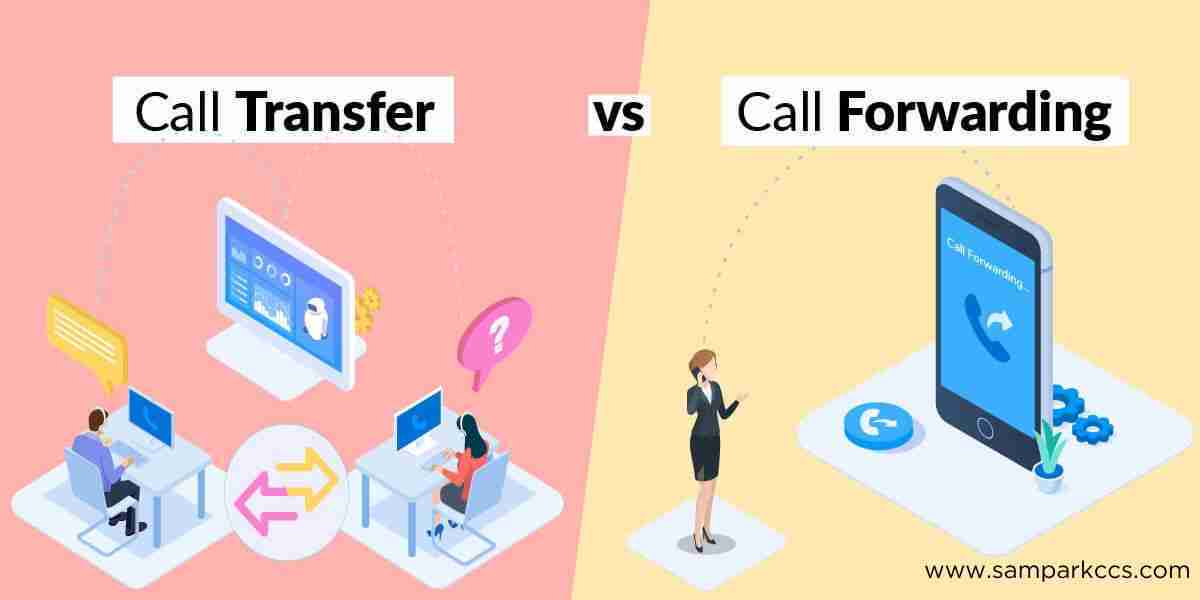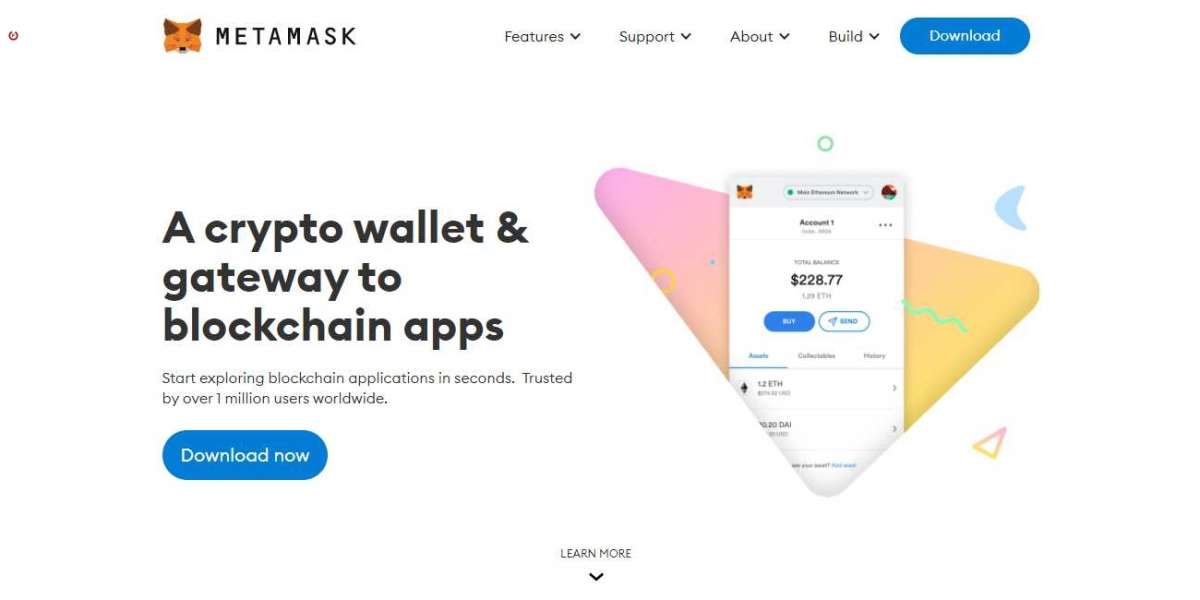Call Forwarding and Call Transfer are two distinct telecommunications features that allow for the redirection of incoming calls, but they serve different purposes and have different use cases.
Call Forwarding:
Call Forwarding is a feature that allows you to redirect incoming calls from one phone number to another. There are several types of Call Forwarding:
1. Unconditional Call Forwarding: Also known as unconditional forwarding, this type forwards all incoming calls to another number without any conditions or prerequisites. It is typically used when you want all calls to be redirected to a different number, such as when you are traveling.
2. Conditional Call Forwarding: Conditional forwarding redirects calls based on specific conditions or criteria. The most common types of conditional forwarding include:
✔️ Forward on Busy: Calls are forwarded to another number when your line is busy.
✔️ Forward on No Answer: Calls are forwarded when you don't answer your phone within a certain number of rings.
✔️ Forward on Unreachable: Calls are forwarded when your phone is out of service or turned off.
Use Cases for Call Forwarding:
➤ Ensuring Availability: It ensures that calls are never missed, even when you cannot answer your phone personally.
➤ Business Continuity: Businesses can use it to route customer calls to available agents or backup numbers during peak times or emergencies.
➤ Personal Convenience: Individuals can use it to receive calls on a different device or number when traveling or temporarily unavailable.
Call Transfer:
Call Transfer, also known as Call Forwarding with Consultation, is a feature that allows you to transfer an ongoing call to another person or extension. There are two main types of Call Transfer:
1. Blind Transfer: In a blind transfer, you transfer the call to another party without speaking to them first. The call is immediately transferred, and you have no further involvement in the conversation.
2. Consultative Transfer: With consultative transfer, you first speak to the person to whom you want to transfer the call. You can inform them about the call and its nature before transferring it. If they agree to take the call, you can transfer it.
Use Cases for Call Transfer:
? Customer Service: Call center agents can use call transfer to route callers to the appropriate department or specialist.
? Internal Communication: In an office setting, employees can transfer calls to colleagues who are better equipped to handle specific inquiries.
? Collaboration: During conference calls or team discussions, one participant can transfer the call to another participant for their input.
In summary, Call Forwarding is primarily about redirecting incoming calls to another number or under specific conditions, while Call Transfer involves moving an ongoing call from one person to another, often with a brief consultation. The choice between these features depends on your specific needs and the context of the call. Samparkcss Dialer helps you exceed your revenue goals and satisfy more customers. Our platform enables inbound and outbound interactions through a secure CRM Solution along with offering you a complete choice of services which include Inbound Dialer, Outbound Dialer, Outbound Call Center, Inbound Call Center, Interactive Voice Response, Omnichannel Contact Center and GSM Auto Dialer & Conference Solution. If you need help with call center software, contact with samparkccs? This is my no: +91-9311830369, 01204961617 and Gmail id: [email protected].



